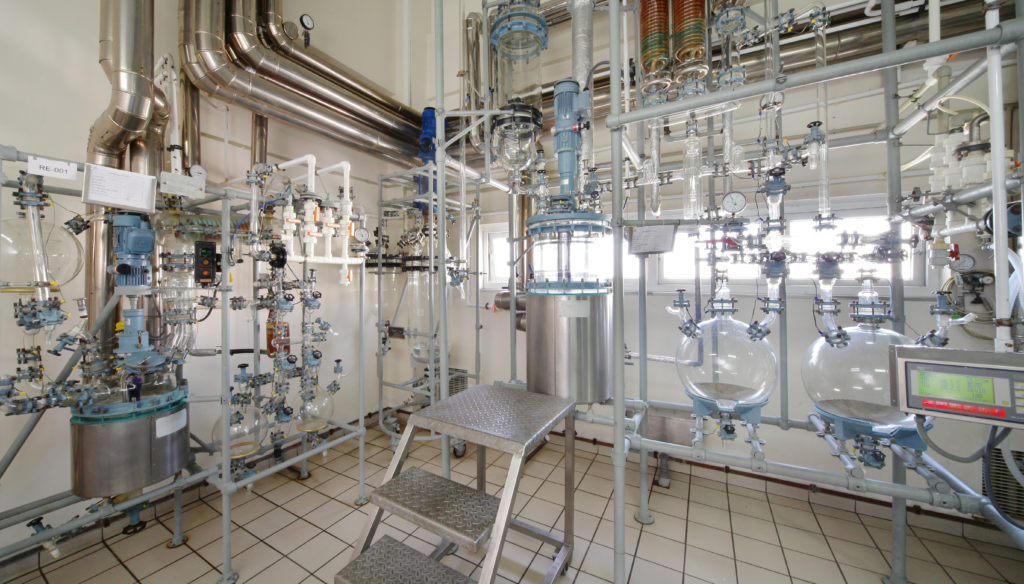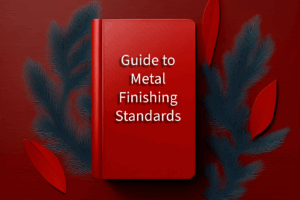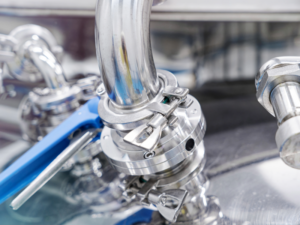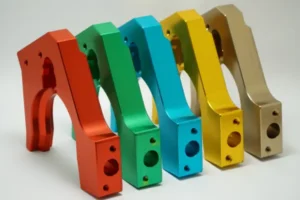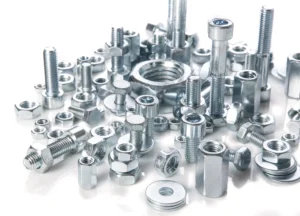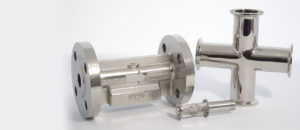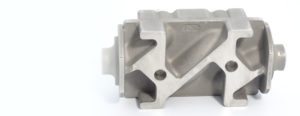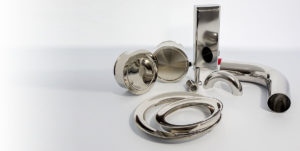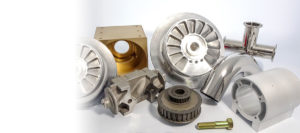02 Cleaning, or oxygen cleaning, is the removal of contamination from equipment intended for use with liquid or gaseous oxygen. Oxygen has numerous uses in steelmaking and other metals refining and fabrication processes, in chemicals, pharmaceuticals, petroleum processing, glass and ceramic manufacturing, and much more. Contaminants in an oxygen-rich system can pose serious risks.
Why is O2 Cleaning Important?
Where used in industrial settings, O2 cleaning eliminates fire or explosion vulnerability due to flammable contaminants. Industries use oxygen differently, and for many, it is imperative to conduct proper cleaning to avoid catastrophic failures and injuries. Oxygen is the most common oxidizing gas. This means that it is highly reactive. An oxygen-rich environment is prone to various sources of ignition. Oxygen itself is not a source of ignition but acts as a highly reactive oxidizer for a fuel. It’s important to clean away the sources of ignition, some of which include:
Friction
Materials sliding in contact with each other.
Electrical arcs
Can come from static discharge or other electrical equipment.
Resonance
Vibration-induced heating can produce ignitions.
Impact
When particles or projectiles collide, either internally or externally, they can generate heat.
Heat of compression
The most common cause of explosion is the adiabatic compression of a fluid, called autoignition, which causes the ignition due to contamination.
Removing Contamination According to ASTM G93 and CGA 4.1
The entire process of oxygen cleaning involves removing contaminants that can increase the risk of ignition. There are a variety of methods to achieving this cleanliness.
ASTM G93 and CGA G-4.1 are standard cleaning procedures for components used in oxygen-enriched environments. Parts that are used in the production, storage, and distribution of liquid and gaseous oxygen can be cleaned using these standard oxygen cleaning processes. Complying with ASTM G93 and CGA G-4.1 standards, O2 cleaning ensures effective removal of organic, and inorganic contaminants from stainless steel, aluminum, copper, or titanium tubing, fittings, and gauges. Following are some examples of the contaminants that must be removed:
Inorganics
- Phosphates
- Nitrates
- Acids
- Solvents
- Water-based detergents
- Cutting oils
Organics
- Hydrocarbon-based greases and oils
- VOC compounds
Particulate
- Particles such as lint and fibers
- Dust
- Weld slag
O2 Cleaning Methods
Just as there are many contaminants that can cause ignition in your oxygen-rich environment, there are ways to clean as well. Your cleaning methods will depend on what type of contaminants you are removing, your industry, facility size, and more. Some of the cleaning methods are:
Aqueous
How water, steam, and alkaline cleaning are all methods of aqueous cleaning. These are effective methods of cleaning for removing water-soluble contaminants. Detergent is usually used in tandem. Speaking of solutions, alkaline cleaning uses caustic salt instead of detergent in the water to create an alkaline solution to remove hydrocarbon oils, wax, and grease. This method uses agitation and jet spraying for maximum coverage and cleanliness. Additionally, ultrasonic agitation can enhance the process for cleaning industrial parts.
Semi Aqueous
Like aqueous cleaning, this process involves a hydrocarbon solvent combined with water emulsion. This is most effective in removing heavy contaminants from industrial parts. Contaminants include heavy grease wax and hard-to-remove soils. Due to its heavy-duty cleaning nature, this process may require additional agitation to maintain the proper mixture. Additionally, the cleaned parts will need to be rinsed to prevent contaminants from redepositing.
Mechanical
The simplest type of cleaning involves removing scale, coatings, weld slag, paint, and other contaminants. This process involves grit or ice blasting, grinding, wire brushing, and other agitating methods to remove the contaminants.
Keeping Your Environment Safe
Oxygen cleaning is incredibly important for maintaining a safe environment. Removing the igniting contaminants can significantly reduce the risk of autoignition. Each method has its own pros and cons, and it’s important to use the correct cleaning process in your facility. Conduct routine inspections when operating with oxygen. To learn more about oxygen cleaning or if you have any questions about our other decontamination services, contact AMF Technologies today. We provide a wide range of oxygen cleaning services and high purity processes for many industries. Our team sets the highest standards for quality processes and testing to safe operations. Call us today to schedule your oxygen service cleaning.
